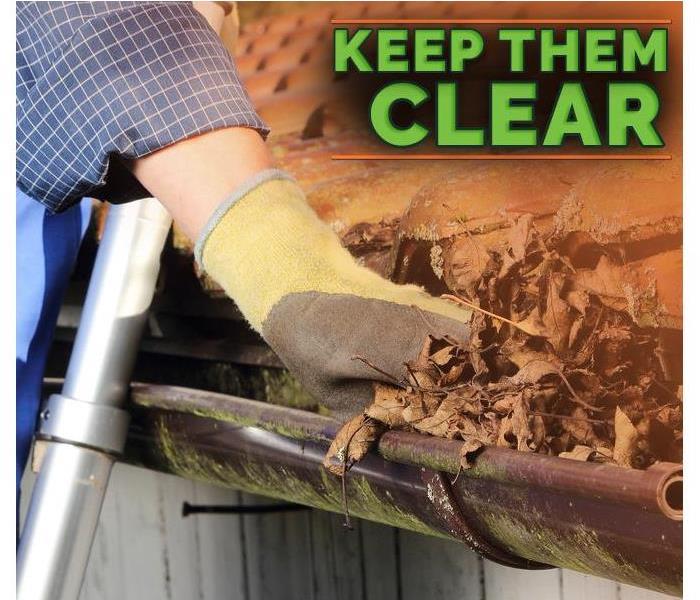Top 3 Sewage Flooding Causes
8/13/2020 (Permalink)
Most Common Flood Sources
A flooded basement is a huge problem on its own. Unfortunately, the residual water damage can lead to even more issues down the road. If your home in Batavia, IL, is suffering from sewer backups and flooding, your first course of action needs to be unearthing the source of the flood. The following are the most common flood sources:
1. Sewer Line Clogs: Check to see whether the water is rising from the drains in your basement. If this is the case, you might have to deal with a clog. The clog could be either in your home line or the municipal line. If the problem is municipal, there's, unfortunately, very little you can do. Your best course of action to prevent your drains from backing up is to install back flow preventers.
2. Surface Water Flood: There are several ways that surface water can leak into your basement. An overflowing gutter is often the culprit, so you'll want to make sure to routinely clean the gunk out from your gutters to help prevent basement flooding. Your property's landscape slope could also be an issue. The land in and around your yard should always slope away from your home to redirect water flow.
3. Subsurface Ground Water Leak: This problem is harder to detect and fix. If you can't find any evidence of surface water contributing to your flooded basement, then the source is likely underground. Hydrostatic pressure can force water into your basement, resulting in damage. The best way to prevent this from happening is to install a perimeter drain system to help alleviate the pressure. The two main types of perimeter drain systems are below-slab systems and above-slab systems.
A flooded basement is no laughing matter and needs to be taken care of quickly to prevent further issues. It's best to contact storm remediation experts if you believe that your home may be at risk of a sewage flood.





 24/7 Emergency Service
24/7 Emergency Service
